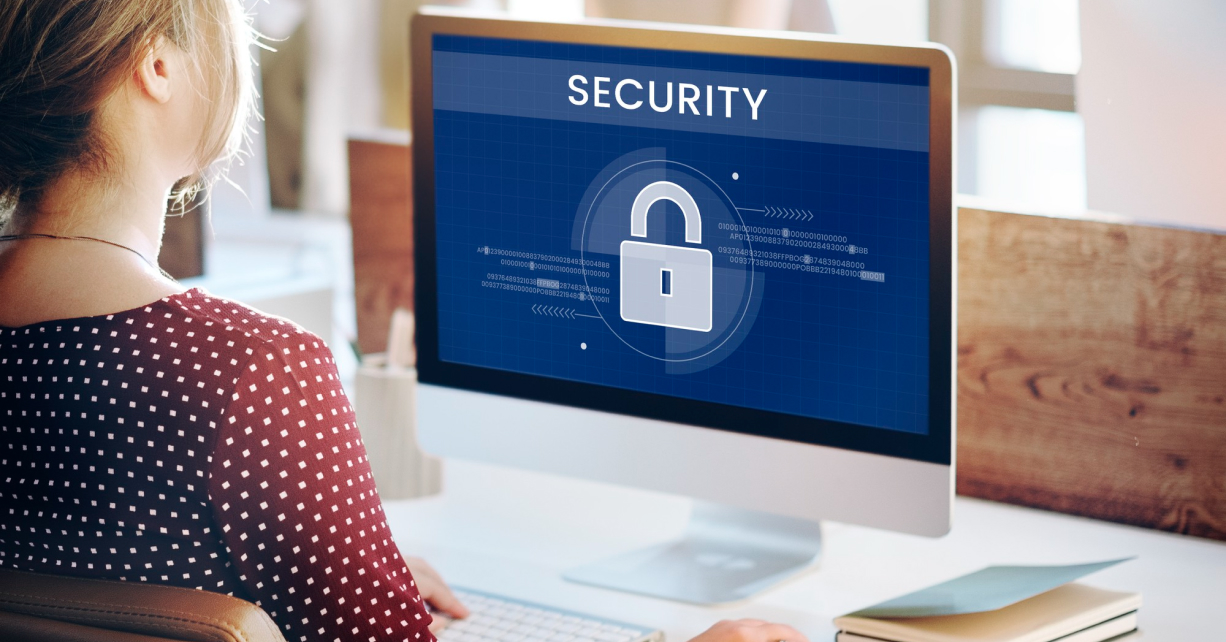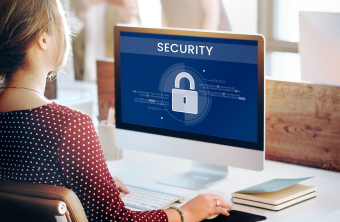

In today’s increasingly digital world, the importance of cybersecurity cannot be overstated. As more of our personal, professional, and financial lives move online, the need to protect our data from cyber threats becomes ever more critical. From identity theft to ransomware attacks, the risks are manifold and ever-evolving. This article explores some of the best practices for safeguarding your data in the digital age, offering practical steps to enhance your cybersecurity posture.
Before delving into best practices, it’s essential to understand the types of cyber threats that exist. Cyber threats can range from malware, ransomware, and phishing attacks to more sophisticated threats like zero-day exploits and Advanced Persistent Threats (APTs). Understanding these threats is the first step in devising an effective defense strategy.
Passwords are often the first line of defense against unauthorized access. Yet, weak passwords remain one of the most common vulnerabilities. Here are some best practices for managing passwords:
Multi-factor authentication adds an additional layer of security by requiring two or more verification methods. These could include something you know (password), something you have (a mobile device), and something you are (fingerprint or facial recognition). Enabling MFA significantly reduces the chances of unauthorized access even if your password is compromised.
Outdated software is a common entry point for cyber attackers. Software developers frequently release updates to patch vulnerabilities and improve security. Ensure all your devices and applications are set to update automatically. This includes operating systems, browsers, antivirus software, and any other applications you use.
Outdated software is a common entry point for cyber attackers. Software developers frequently release updates to patch vulnerabilities and improve security. Ensure all your devices and applications are set to update automatically. This includes operating systems, browsers, antivirus software, and any other applications you use.
An unsecured Wi-Fi network can be an easy target for cybercriminals looking to access your data. Take the following steps to secure your Wi-Fi:
Regularly backing up your data ensures that you can recover your information in the event of a cyber attack, hardware failure, or other disasters. Use the 3-2-1 backup rule: keep three copies of your data, on two different media, with one copy stored offsite (such as in the cloud).
Phishing attacks are designed to trick you into providing sensitive information or downloading malware. These attacks often come in the form of emails, messages, or websites that appear legitimate. To protect yourself:
Mobile devices are just as susceptible to cyber threats as computers. Here are some tips to secure your mobile devices:
Staying informed about the latest cyber threats and security practices is crucial. Regularly educate yourself and those around you about the importance of cybersecurity and how to recognize potential threats. Attend webinars, read articles, and participate in training sessions to stay up-to-date.
Implementing strong access controls helps ensure that only authorized individuals have access to sensitive information. This can include:
Regular monitoring and auditing of your systems can help detect unusual activity early. Set up alerts for suspicious activities and conduct periodic audits to ensure compliance with security policies. This proactive approach helps identify and mitigate potential threats before they can cause significant damage.
Encryption is a powerful tool to protect your data, both at rest and in transit. Use strong encryption methods to secure sensitive information stored on your devices and transmitted over the internet. This ensures that even if data is intercepted, it cannot be read without the decryption key.
Physical security is often overlooked but is equally important. Ensure that physical access to your devices and sensitive information is restricted. Use locks, secure storage, and access control systems to prevent unauthorized individuals from gaining physical access to your data.
Having an incident response plan in place is crucial for minimizing damage in the event of a cyber attack. This plan should outline the steps to take in response to different types of incidents, including who to contact, how to contain the breach, and how to recover lost data. Regularly review and update the plan to ensure its effectiveness.
Cybersecurity is an ongoing process that requires constant vigilance and adaptability. Stay informed about emerging threats and adapt your security measures accordingly. By maintaining a proactive approach and continuously improving your cybersecurity practices, you can better protect your data in the ever-evolving digital landscape.
Protecting your data in the digital age is a multifaceted challenge that requires a comprehensive approach. By implementing these best practices, you can significantly enhance your cybersecurity posture and reduce the risk of cyber threats. Remember, cybersecurity is not a one-time effort but a continuous process of staying informed, vigilant, and proactive. With the right strategies and mindset, you can safeguard your data and navigate the digital world with confidence.